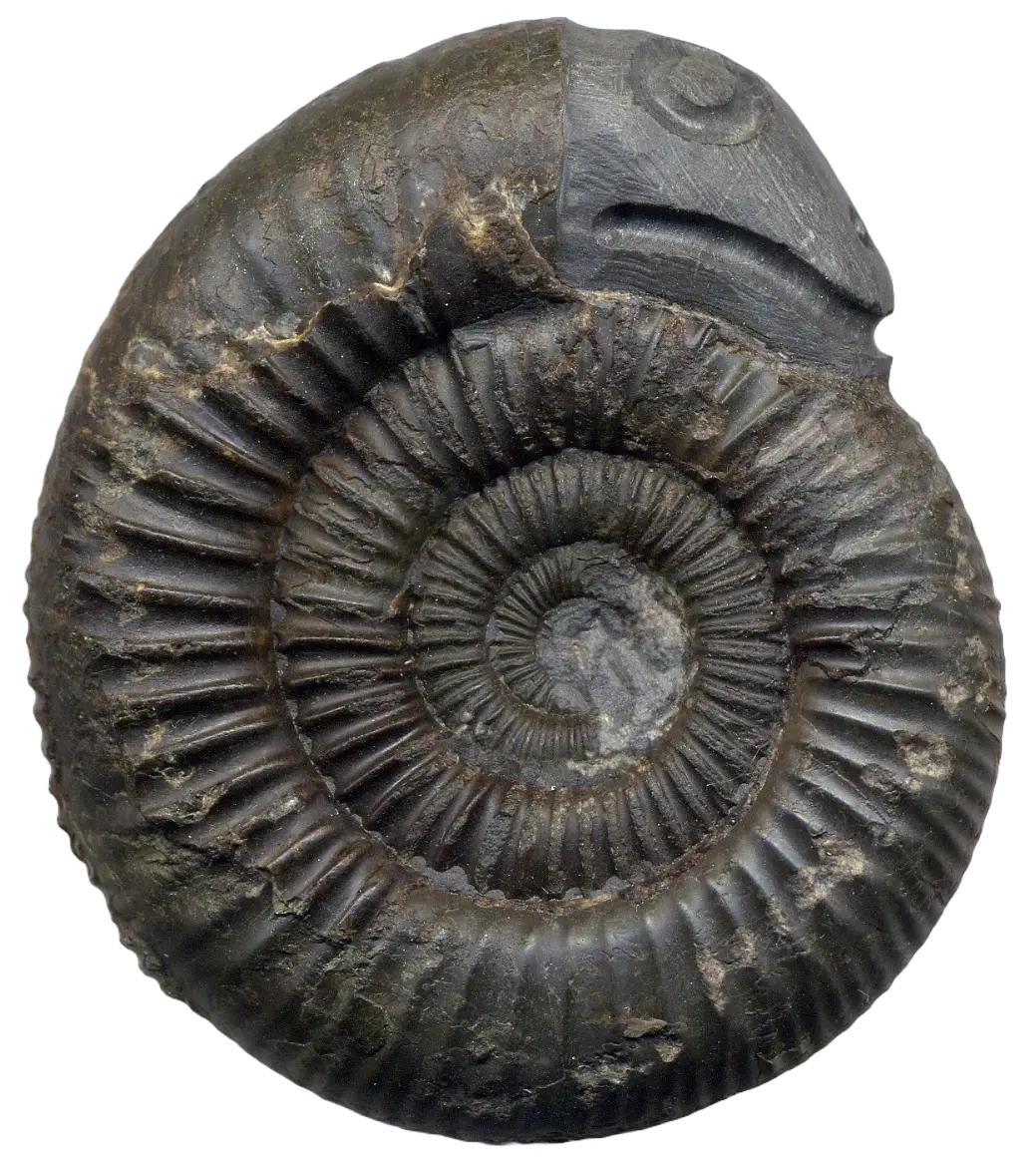The feathered limbs, sharp teeth and claws of the oldest known bird-like dinosaurs, the Archaeopteryx have fascinated naturalists and paleontologists including Charles Lyell and Charles Darwin who propelled the species to fame especially following publication of his theory of evolution.
So, when a precious 150-million-year-old Ostromia crassipes fossil—formerly known as a specimen of Archaeopteryx—arrived at Diamond Light Source in a high security operation, it naturally caused a great deal of excitement.
The rare fossil, which is usually housed at the renowned Teylers Museum in the Netherlands, was brought to Diamond so scientists could discover more about its features, including the color of its feathers. The specimen was studied on the I18 beamline, using a microfocus X-ray available at the U.K.'s leading science facility.
…
Collection manager, Tim de Zeeuw, described it as the Mona Lisa of the museum’s fossil collection. He explained that the Jurassic fossil was discovered at Jachenhausen, a village in southeastern Germany in 1855. The fossil was secretly brought to the U.K. by a special transport team and was kept under lock and key around the clock, even while on the beamline at Diamond.
…
Lead author, Edgar Mulder, a master’s student at the university explained that it was a bit of dream come true to get time to examine the fossil at Diamond and the team worked through the night to get as much information as possible.
…
Analysis was conducted using a combination of X-ray fluorescence imaging and absorption spectroscopy at Diamond’s microfocus spectroscopy beamline I18. Principal Beamline Scientist on I18, Konstantin Ignatyev added, "This beamline has a super bright energy-tuneable X-ray microbeam that can be focused down to 2 micron, that can scan the widest range of elements on the periodic table.
"This allows the study elemental and chemical composition of various samples at very high spatial resolution. In this case, it allowed us to look in detail at the chemical environment of sulfur at different locations on the fossil as well as pinpoint the distribution and concentration of other elements from phosphor to zinc.
“Looking at the sulfur chemistry in this sample, for example, might reveal chemical signals of degradation products of soft tissues like tissues, feathers, skin, keratin, etc. This will reveal more detail about this fossil than what has been possible to see before.”
“This new research at Diamond is helping to further determine its features. It is particularly important as the Archaeopteryx and other ‘early birds’ play a key role in the origin of birds.”
You don’t say!



